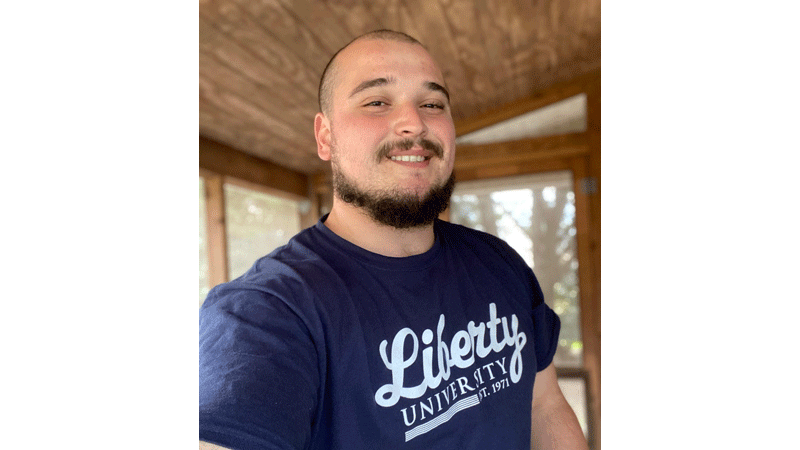Fall best time to transplant trees
Published 10:10 am Wednesday, October 5, 2011
By Randy Moore
Fall is here and if you are thinking about planting or transplanting trees or shrubs, now is the time.
Fall allows the plants to get established before the summer heat.
Fall is a busy time around here as I spend a lot of time during the summer planning new spaces for trees and shrubs. With all of the rain the past couple of weeks, we have transplanted 15 sour cherry trees, four peach trees, five damson plums, one storm damaged granny Smith apple tree and more than 50 Ligustrum shrubs (more to come) to start new hedges for screening and define new outdoor rooms.
I have been planting trees and shrubs using the bare root technique.
If you have never tried this, I think you will be pleasantly surprised with the ease and success rate of your plantings. Gardeners have been using this technique with fruit trees for years.
Bare root planting allows you to check for any root girdling, advantageous roots that may be growing above the root flare and any other root problems allowing you to correct them at this time. The easiest way to clean the root system is to soak the root ball over night, and then, using a garden hose, clean all of the dirt or growing medium from the root system.
This also allows for good root to soil contact, which is needed for a strong healthy root system ensuring a healthy plant.
We have all been taught to dig a hole two to three times the width of the pot and twice as deep; place some fertilizer, potting soil and compost in the hole; work all this together; add water; place the plant in the hole; back fill; create a berm; mulch; and stake in the case of a tree. The problems with this are:
n It’s a lot of unnecessary digging
n Individual plants should not be amended; the whole bed should be amended and only with amendments cited in the soil sample report. Plants will become established quicker in the native soil.
n Staking a tree can do more harm than good. Staking causes the tree to stand rigid and not move in the wind. Allowing the tree to sway in the wind creates a stronger root system thus a sturdier tree. Trees should only be staked if they are leaning due to high winds, as a hurricane, and only long enough to reestablish the upright growth of the tree.
n Mulch should never be piled around the trunk until it looks like a volcano. This type of mulching can cause harm to the root flare, decrease the flow of oxygen and shorten the life of your tree. After creating the berm around your plant, place four inches of mulch around the tree to the edge of the berm then clear the mulch two inches from the trunk of the plant.
The correct procedure for bare root planting is to dig a shallow hole deep enough to accommodate the root system. In some cases, the hole will be much wider than normal to accommodate the root system.
Add some fertilizer. Mix well with the soil in the bottom and then place the tree in the hole with the root flare above the level of the ground. This will allow for settling; the roots are spread out and soil is placed in the hole and watered creating a slurry, which helps to anchor the tree, more soil and water are added until the hole is filled and the root flare is still above the level of the ground.
Do not tamp. If done properly, the tree will be secure and no staking is needed. Mulch is then added to retain moisture.
Remember to place a tree far enough from your home. That cute little tree can possibly grow up to be 50 to 60 feet. As they say in real estate location, location, location.
RANDY MOORE owns Avant Landscape Design in Courtland. He can be reached at AvantDesign11 @yahoo.com.





